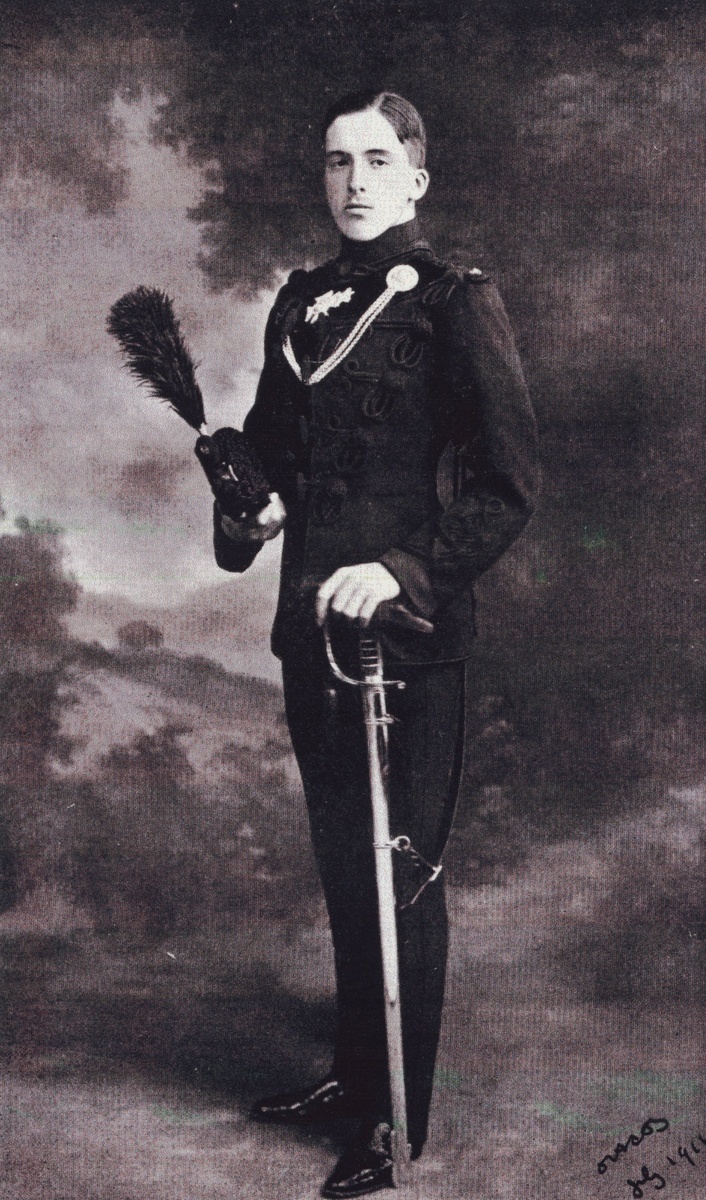
Auction: 18001 - Orders, Decorations and Medals
Lot: 557
A fine Colonial Military Secretary's C.M.G., Second World War O.B.E. group of seven awarded to Hon. Colonel O. H. C. Balfour, King's Royal Rifle Corps
A nephew of Arthur, 1st Earl Balfour (Prime Minister, 1902-05), he was twice severely wounded in the Great War, on the first occasion at the battle of the Aisne in September 1914, when he walked five miles to the nearest Casualty Clearing Station after a bullet hit his jaw and exited out of the back of his neck
The Most Distinguished Order of St. Michael and St. George (C.M.G.), Companion's neck badge, silver-gilt and enamel; The Most Excellent Order of the British Empire, (O.B.E.), Military Division, Officer's 2nd type breast badge, silver-gilt; 1914 Star, with clasp (2 Lieut. O. H. C. Balfour, K.R. Rif. C.); British War and Victory Medals, M.I.D. oak leaf (Capt. O. H. C. Balfour); Defence and War Medals 1939-45, contact marks to the earlier medals, otherwise very fine or better (7)
C.M.G. London Gazette 1 January 1923:
'For services as Personal Secretary to the Governor-General of Canada.'
O.B.E. London Gazette 1 January 1944.
Oswald Herbert Campbell Balfour was born at Whittingehame, East Lothian on 25 September 1894, the son of Colonel Eustace James Anthony Balfour and Lady Frances Balfour, a daughter of the 8th Duke of Argyll. His uncle, Arthur Balfour, was later Prime Minister (1902-05).
Educated at Westminster School and the R.M.C. Sandhurst, young Oswald was commissioned 2nd Lieutenant in the King's Royal Rifle Corps in February 1914.
Unlucky 'C'
Embarked for France as a subaltern in 'C' Company of the 2nd Battalion in August 1914, he was severely wounded at the battle of the Aisne on 14 September, when a bullet hit his jaw and exited from the back of his neck: notwithstanding the nature of his wound, he remained in duty with a field dressing for 24 hours, prior to walking five miles to a Casualty Clearing Station. Invalided home, he was mentioned in despatches (London Gazette 19 October 1914, refers).
Balfour returned to France in April 1915, when he joined 'C' Company of the 3rd Battalion. His appointment proved short-lived: at Hooge on the night of the 25 May, as member of a raiding party, he took a bullet in the chest. Admitted to 3rd General Hospital at Le Treport, he was embarked for Newhaven in a hospital ship in mid-June.
Salonika
Next embarked for Egypt, where he was attached to the Australian and New Zealand Overseas Depot in Alexandria, Balfour managed to arrange for a tour of duty with the 3rd Battalion in Salonika in April 1916. Admitted to 83rd Field Ambulance with malaria in late August, he was evacuated to Malta.
In October 1916, and having been advanced to Captain, Balfour returned to the 3rd Battalion in Salonika, and remained actively employed in that theatre of war until March 1917. A staff course having intervened, he rejoined the 3rd for a final stint of active duty in August-November 1917. Thereafter, he served on the General Staff of 26th Infantry Division.
Canada
In 1920, and having served a tour of duty with the 18th Battalion, K.R.R.C. on the Rhine, Balfour was appointed A.D.C. to the Duke of Devonshire, the Governor-General of Canada. He later he served as the Duke's Military Secretary and continued in that office under his successor, Viscount Byng of Vimy, in 1921-23. He was awarded the C.M.G., a rare distinction indeed for a Captain still in his 20s.
On his return home in early 1923, Balfour resigned his commission and was placed on the Regular Army Reserve of Officers.
Second innings
Recalled on the renewal of hostilities, he was posted to the 1st Battalion, East Surrey Regiment, prior to taking up an appointment as a Staff Captain in M.S. 1 (B.) at the War Office in August 1940. In the following year he commenced a spate training appointments and, having served with distinction as G.S.O. 1 (Home Guard Training) G.H.Q., Home Forces, he was awarded the O.B.E. in January 1944. Balfour finally relinquished his commission in August 1947, when he was granted the rank of Hon. Colonel.
He died on 16 October 1953, aged 59 years, his regimental obituary noting that he was 'a cheery and convivial companion' and 'a very keen shot.'
Sold with a copy of the recipient's mother's autobiography Ne Obliviscaris, together with an extensive file of copied research, from which the above biographical entry has been taken.
Subject to 20% VAT on Buyer’s Premium. For more information please view Terms and Conditions for Buyers.
Sold for
£1,300




